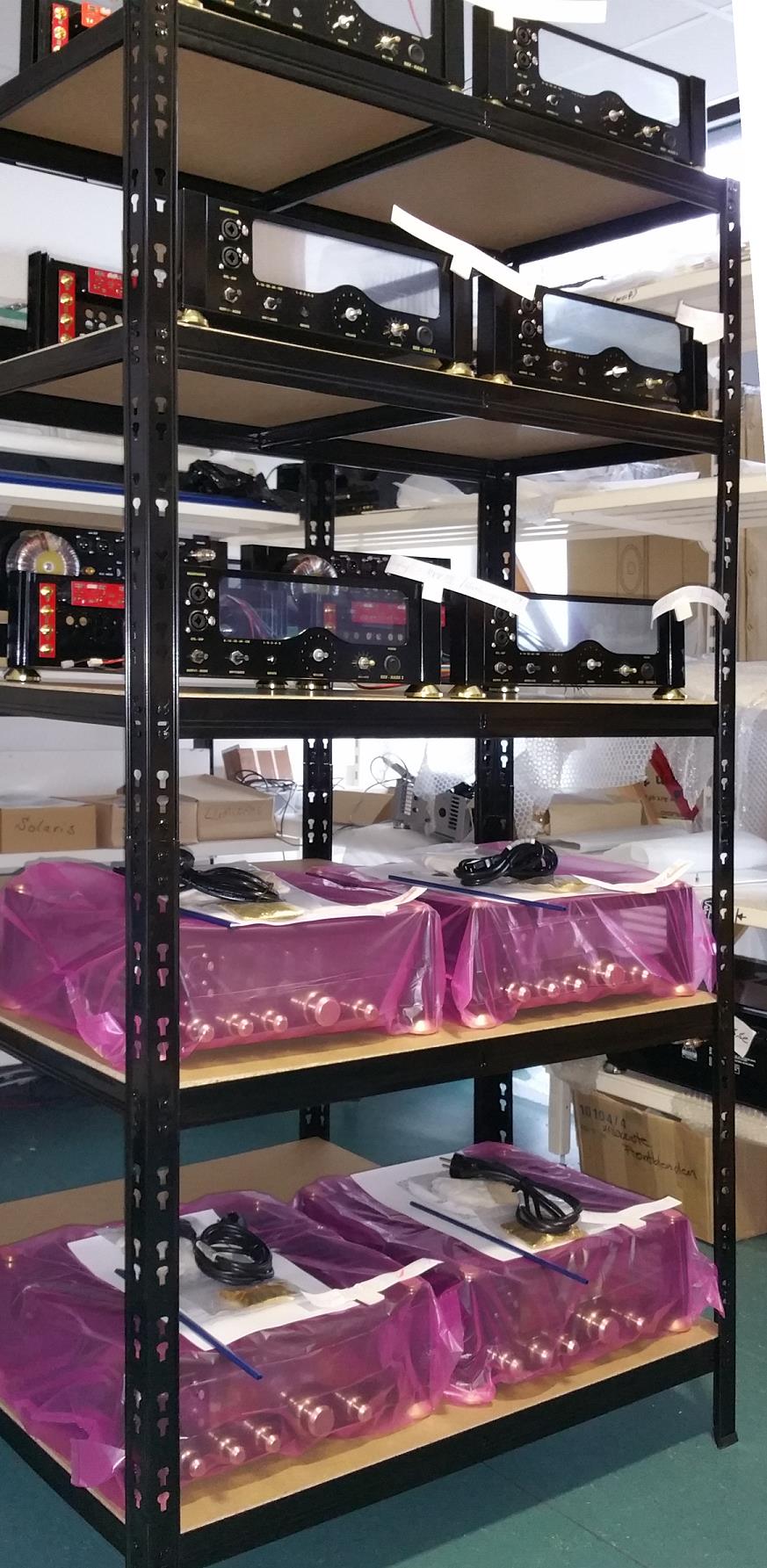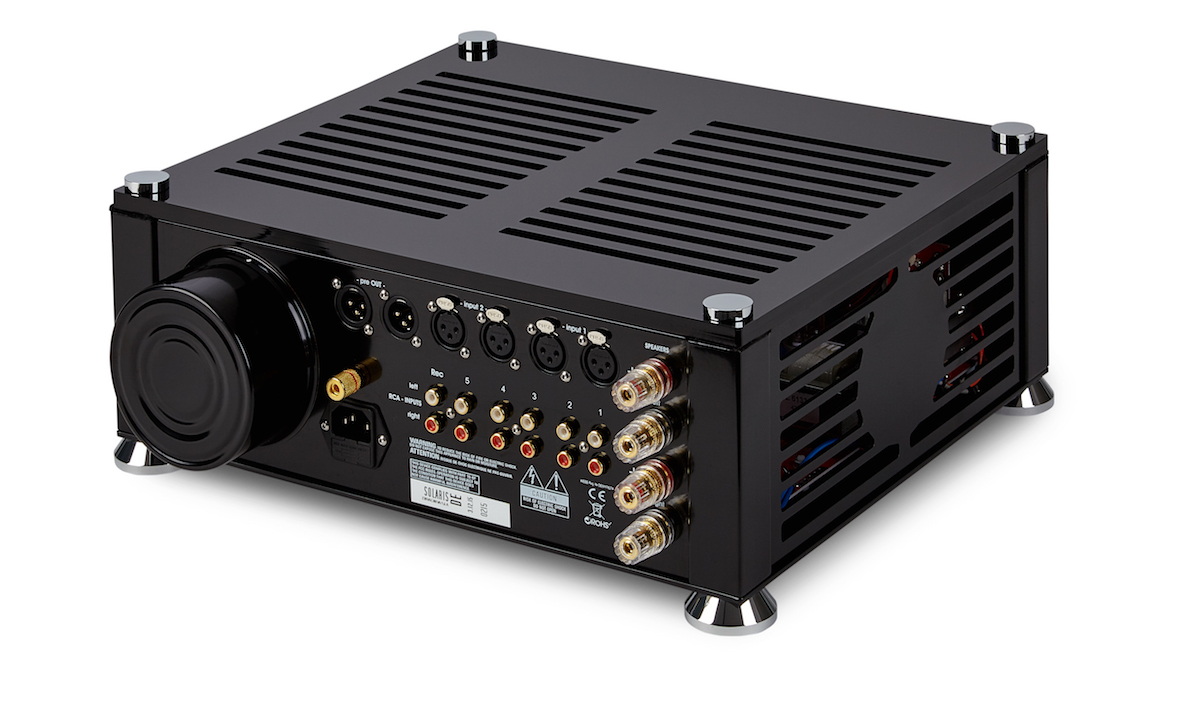Sound:
Low Frequency:
When we consider the general approach of a vacuum tube amplifier, we generally expect to hear a dominant low frequency, warm tonality, and a slightly humped presentation. The Solaris maintains a different presentation style that consists of a balanced low frequency tone with an impressive resolution and separation. The line between sub-bass and mid-bass regions remains clear even in crowded passages and they don’t overlap each other; the layering is impressive.
Bass-heads would find the sub-bass quantity a bit weak, but hits have enough power to maintain a satisfying rumble. There is no congestion and the Solaris offers a nice low frequency positioning by using the advantage of having a wide stage.
On the other hand, there is a slight stress on the low frequency presentation. At the beginning, the presentation seems excellent, but it may become a bit fatiguing during long listening sessions. Except that, the low frequency presentation is very impressive; the Solaris has quality as well as tight hits with an excellent separation.

Mid Frequency:
The midrange of the Solaris is neither recessed nor too forward. The location of the instruments can be described in the neutral class and the unit offers a relavitely high resolution and strong transparency. Most especially, solo instruments are easy to follow and the Solaris articulates lower harmonics very well in fast metal tracks. In addition, the amp provides full bodied and emotional midrange notes in conformity of vacuum tube design.
The Solaris also maintains a good vocal performance by creating both emotion and details. Male vocals have an impressive detail level as well as a high resolution. Female vocals are also good, but a slightly redundant open tone takes place when it comes to high octaves. For most people, that open tone wouldn’t be a serious problem, but we need to consider that there is an audiophile group specially focusing on that area.
Per contra, there is no sibilance problem creating by the amp itself. Hardly, if there is sibilance on record or system, the Solaris doesn’t perform forgiving.

High Frequency:
This frequency is the part which makes the Solaris special. Treble notes are highly resolving, alive, and easy to follow pursuant to their location in the stage. While maintaining an impressive and assertive presentation, the Solaris doesn’t become fatiguing and treble notes don’t affect the general spectrum. As it is mentioned in the upper mid-range, it is not forgiving against recording mistakes in the treble part, but it performs very good in fast metal tracks and creates a high detail level.
Soundstage and Separation:
The Solaris offers a significantly wide and focusable stage. When switching from many other rival amps, it takes the lead by creating a three-dimensional presentation when it comes to the stage structure. The position of instruments is very clear and instruments are easy to follow pursuant to the excellent separation performance as well as black and clean background.
In my opinion, the only problem of the stage is the stress on the low frequency presentation. That stress may become sometimes sensible and makes distances between instruments less spacious.
Final Words:
AudioValve Solaris is an all-in-one vacuum tube amplifier that provides an amazing three-dimensional soundstage and an impressive treble presentation. With its unique main board and the output power, it is able to drive HD800s, HD800, and HE1000 flawlessly.
When it comes to its etiquette, the Solaris is not an affordable audio gear. In terms of the sound quality, some other headphone amps can be considered as options for 4.700 Euro, but considering its connection richness and the overall sound quality combination, the Solaris would have an acceptable and favorable price.
Please click here to get more information about the Solaris and AudioValve.
Equipment during tests:
-Didit High End 212SE DAC XLR Version
-Hifiman HE1000
-Sennheiser HD800S, HD800
-SilverFi interconnects
-Black Rhodium Warrior Power Cords
Please note that the review will be updated with the electrostatic output performance of the Solaris.
The pictures are courtesy of AudioValve, Germany.



